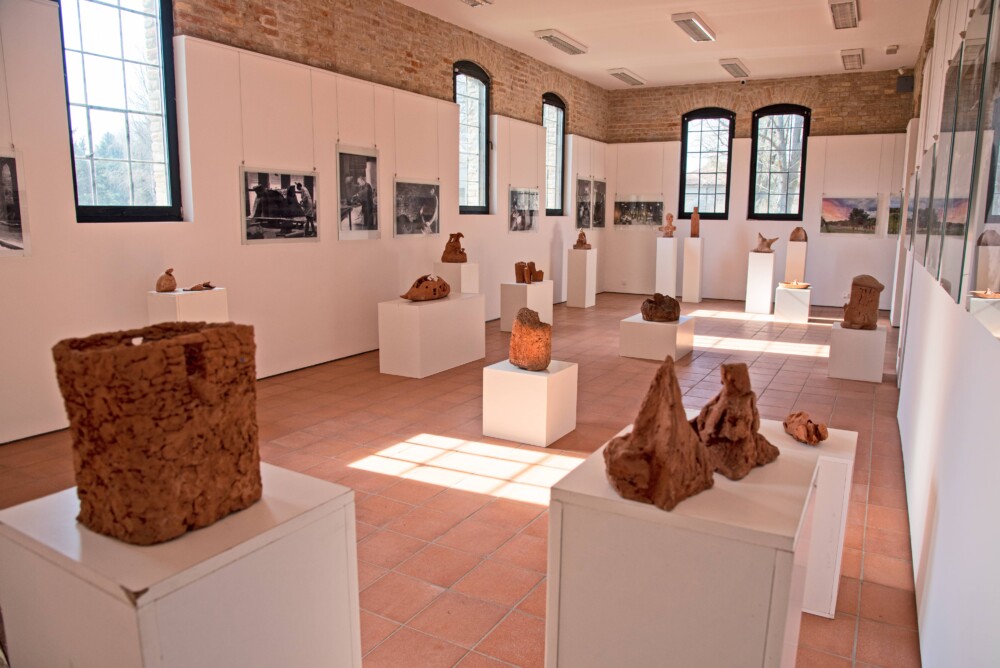Bread and earth within us
Today’s world is increasingly one of electronics, IT and science, yet people are still attracted to the basic forms of life and creation.
Are the large terracotta sculptures in Kikinda related to the Pannonian Sea, which became the Pannonian Plain millions of years ago? Is earth energy transferred to the artist through the material, and do artists then transfer important ideas, feelings, and thoughts to us, the observers?
The Terra Museum in Kikinda could be considered the empire of large terracotta sculptures; you’ll feel the power of terracotta as well as the power of artistic visions, new ideas and creativity.
Located about 140 km from Belgrade, the museum emerged from the “Terra” International Large-Format Sculpture Symposium. The old military barracks and horse training and riding ground were transformed into a museum in 2017 as a unique global mosaic of styles connected by the material of clay and/or terracotta.
Monumental sculptures dominate the museum and work personifying the emblematic figures and social topics of those times. The works express the contemporary poetics and taste of a society troubled by aesthetic and cultural conflicts.
The Terra Museum provides a representation of all important developments, poetry, authors and works relevant to the development of contemporary terracotta sculptures on the global artistic map over the last four decades.

A unique Museum of Bread, founded in 1995, lies in the small village of Pećinci, just 50 km from Belgrade. As he traveled around Serbia visiting villages, the artist Jeremija painted, researched, and collected items, tools, and machines and recorded their associated customs. In 1995, Jeremija founded the Museum of Bread, which houses a collection of about two thousand items. The basic concept of the museum is to show the journey of a grain of wheat from “earth, through bread, to heaven”, corresponding with Jeremija’s paintings.
The permanent exhibition of the Museum of Bread consists of three thematic collections: ethnographic, archaeological, and artistic. Visitors can touch items, which makes this museum very unusual, and some of the items can be seen in operation.
A particularly interesting and significant collection comprises 96 ritual bread kneaded by the Serbs for important family and religious holidays: Christmas, Easter, the day of the family’s patron saint day, and the birth of a child, among others.
Within the museum compound, there is also a bread oven, a fireplace, and a church dedicated to Slava – the celebration of the family’s patron saint’s day, listed as UNESCO Intangible Cultural Heritage in 2014.

Jeremija’s creative energy and ideas created a museum that has been inspiring and bringing people together for years.
The places we have presented allow visitors to connect with the appeal of humankind’s ideas and the primal need for true values.
Visit the Terra Museum in Kikinda and the Museum of Bread in Pećinci and experience Serbia from another angle!
